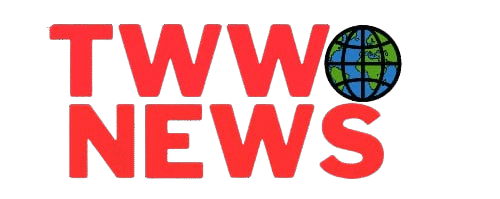Artificial intelligence is no longer just a tool in the designer’s kit—it’s becoming a creative partner. From graphic design to architecture, AI is reshaping how visual ideas are conceived, refined, and executed.
Designers across the globe are embracing AI platforms like Adobe Firefly, Flair.ai, and Runway to generate mood boards, draft layouts, and test visual concepts in seconds. According to the 2025 State of AI in Design report, 89% of professionals now use AI during the early ideation phase.
“AI helps me sketch faster, test more ideas, and focus on emotional impact,” says Rob Boyett, a senior designer interviewed by Design Week. “It’s like having a tireless creative partner.”
Despite its speed, AI lacks the nuance and cultural sensitivity that seasoned designers bring. Most AI-generated visuals require human refinement to meet editorial or brand standards. This evolving dynamic positions AI as a powerful assistant—not a replacement.
Veteran creatives are driving AI adoption, using it strategically to enhance workflows. In contrast, younger designers often report feeling creatively overshadowed, prompting calls for mentorship and ethical guidelines in AI-assisted design.
As AI tools become more intuitive and collaborative, the design world faces a pivotal challenge: preserving originality and human insight while embracing machine efficiency. The future of design may not be human-only—but it will be human-led.

